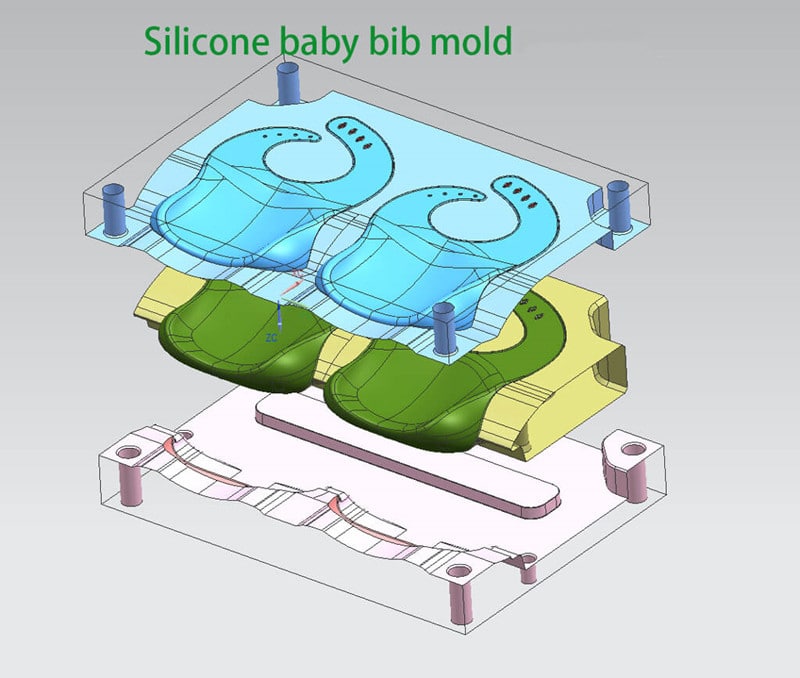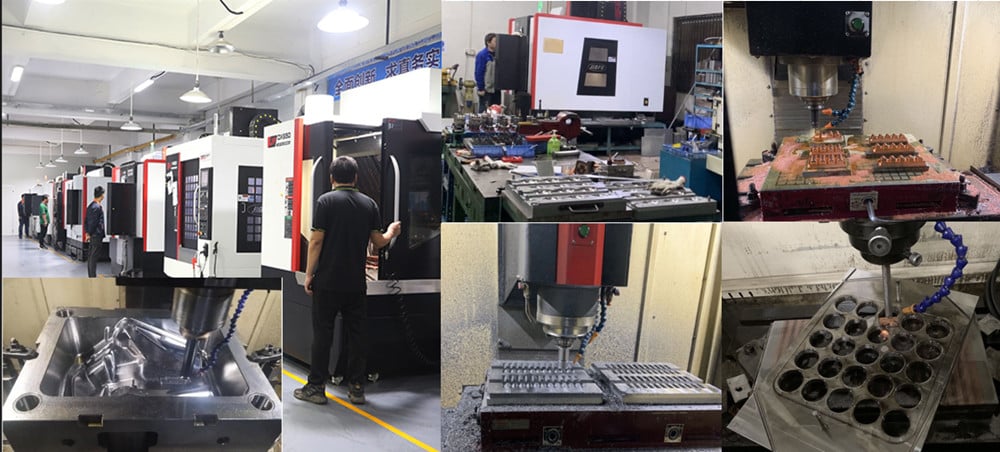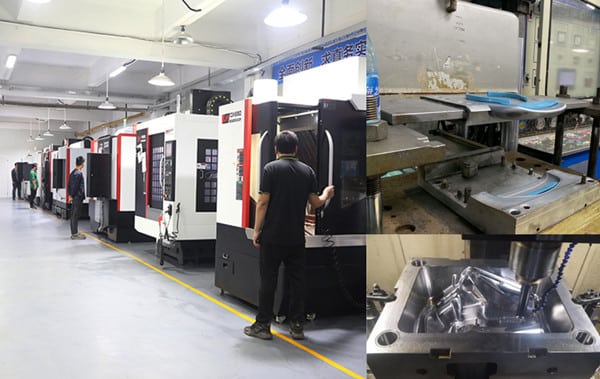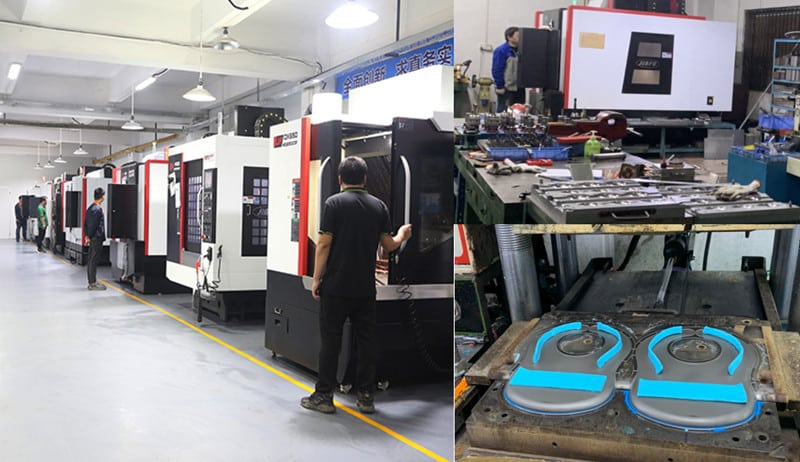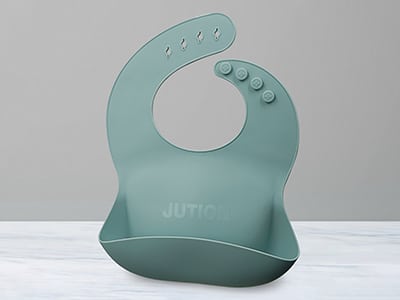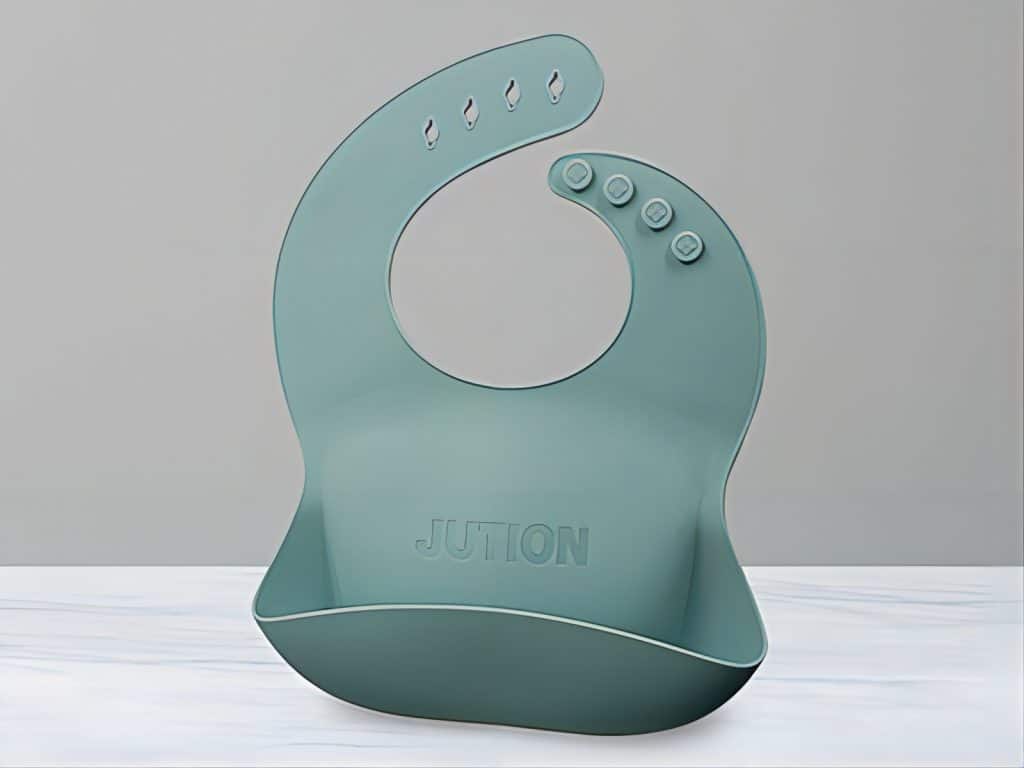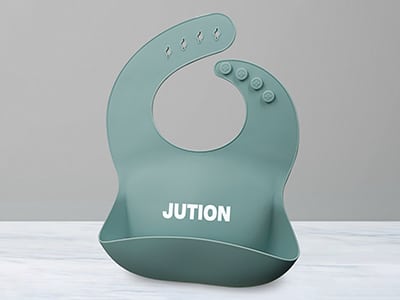Prototype and Mold Development Service
After you confirm the 3D drawing. You may need make the prototype to see them in reality. Here we offer you 2 methods: Rapid Prototype or Classic Mold Making. Here we offer you 2 methods: Rapid Prototype or Classic Mold Making.
Silicone Rapid Prototype
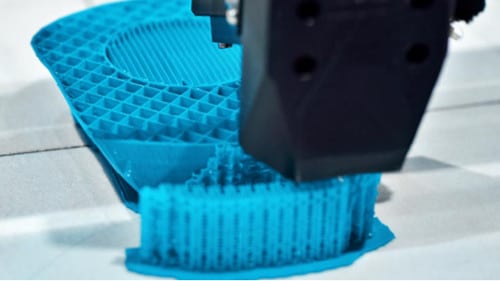
Rapid Prototype Mold Making
Rapid Prototyping is an important step in the design development and approval process leading to higher volume serial manufacturing. Speed, cost, and approximation to the final silicone product design (including material properties and dimensions) are key criteria when selecting a fabrication method for making a silicone prototype.
For silicone products, there are 4 ways to make the product development process for silicone products. Available processes for making silicone prototypes include:
Silicone Rapid Prototyping Comparison
| Method | Description | Speed | Approximation to Production |
|---|---|---|---|
| SLA/FDM | 3D printing, Part is formed layer-by-layer from raw material. | No tooling 1-25 parts: 1-2 days 25+ parts: Multiple days | Low: Shapes are similar, but material likeness has limitations. Typically has a “cloudy” finish. |
| RTV | Material is injected by hand at low pressure. Cures at room temperature with various mold choices. | Tooling: Days to weeks 1-25 parts: Multiple days 25+ parts: Days/weeks (due to cure times) | Medium: Silicone parts with an accurate durometer, but the manufacturing process might differ. |
| HCR | Transfer molding with mold materials mainly metals. | Tooling: Fast 1-25 parts: 1-2 days 25+ parts: Multiple days | High: Silicone parts with accurate durometer. The manufacturing process is typically the same as production. |
| LSR | Injection molding with mold materials primarily metals. | Tooling and parts: 3-7 days | High: Silicone parts with an accurate durometer. The manufacturing process is typically the same as production. |
Classic Mold Making
We can directly develop a silicone mold to make the Prototype. Here are the steps:
Step 1: Mold Design and Manufacturing
Well-designed silicone mold optimizes its productivity of the silicone mold.
We offer our customers real molded silicone baby products by producing a “sample tooling” with only 1 cavity around one week.
So, mold design is our first step in prototyping. It is crucial to create a baby product with high manufacturability. Good mold design for each can contribute to improved silicone baby products quality and optimum cycle time, and optimize the productivity of the mold.
Our engineers are silicone tooling and mold makers with decades of experience designing the most robust and innovative tools in the industry. Contact our silicone tooling experts to get your silicone creation prototype.
Jution silicone can help our partners with customers through the entire development process. We offer 3D printing, compression molding, transfer molding, and LSR molding. Our focus is on your final manufacturing method and our ability to quickly deliver a prototype manufactured using that method.

